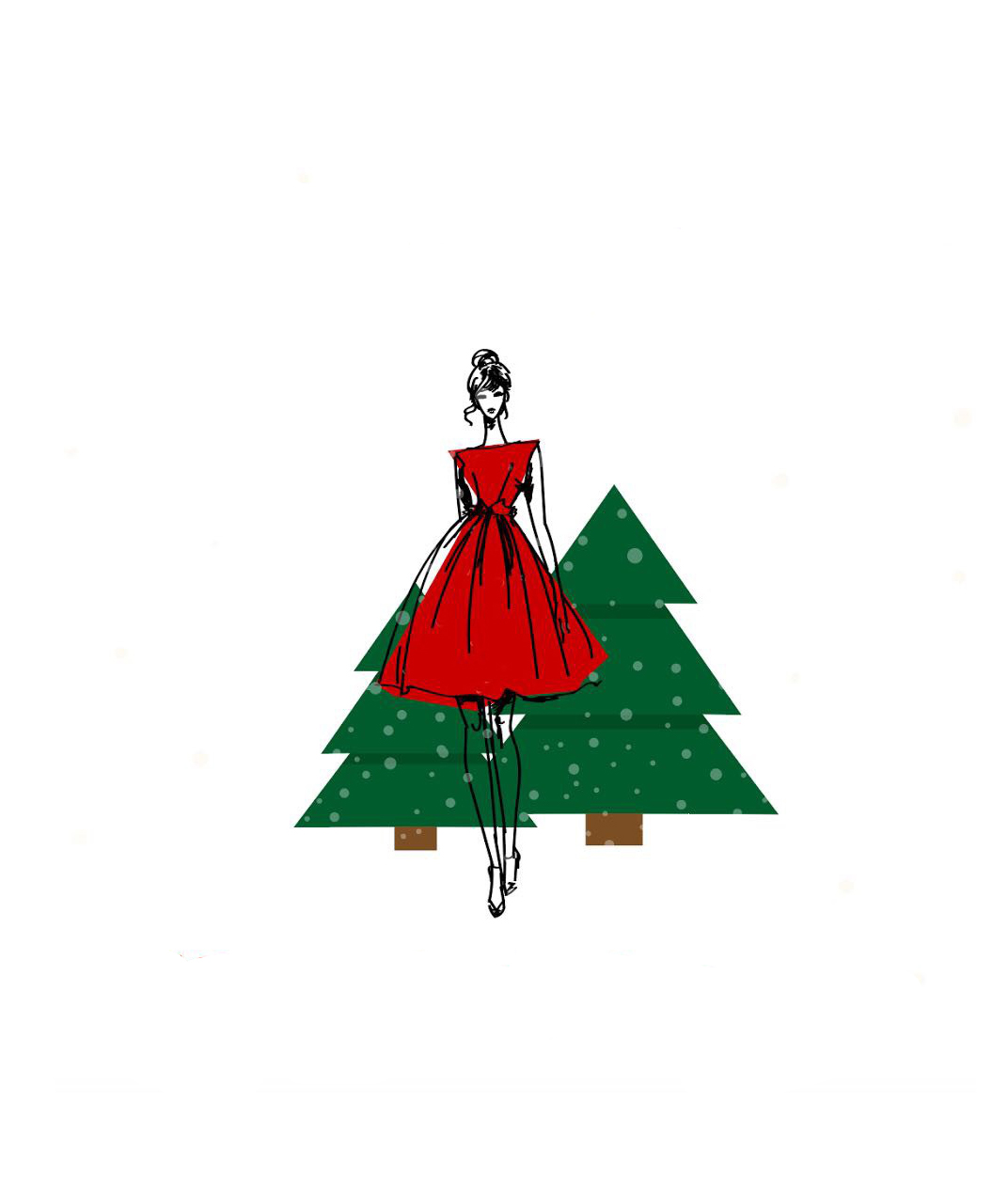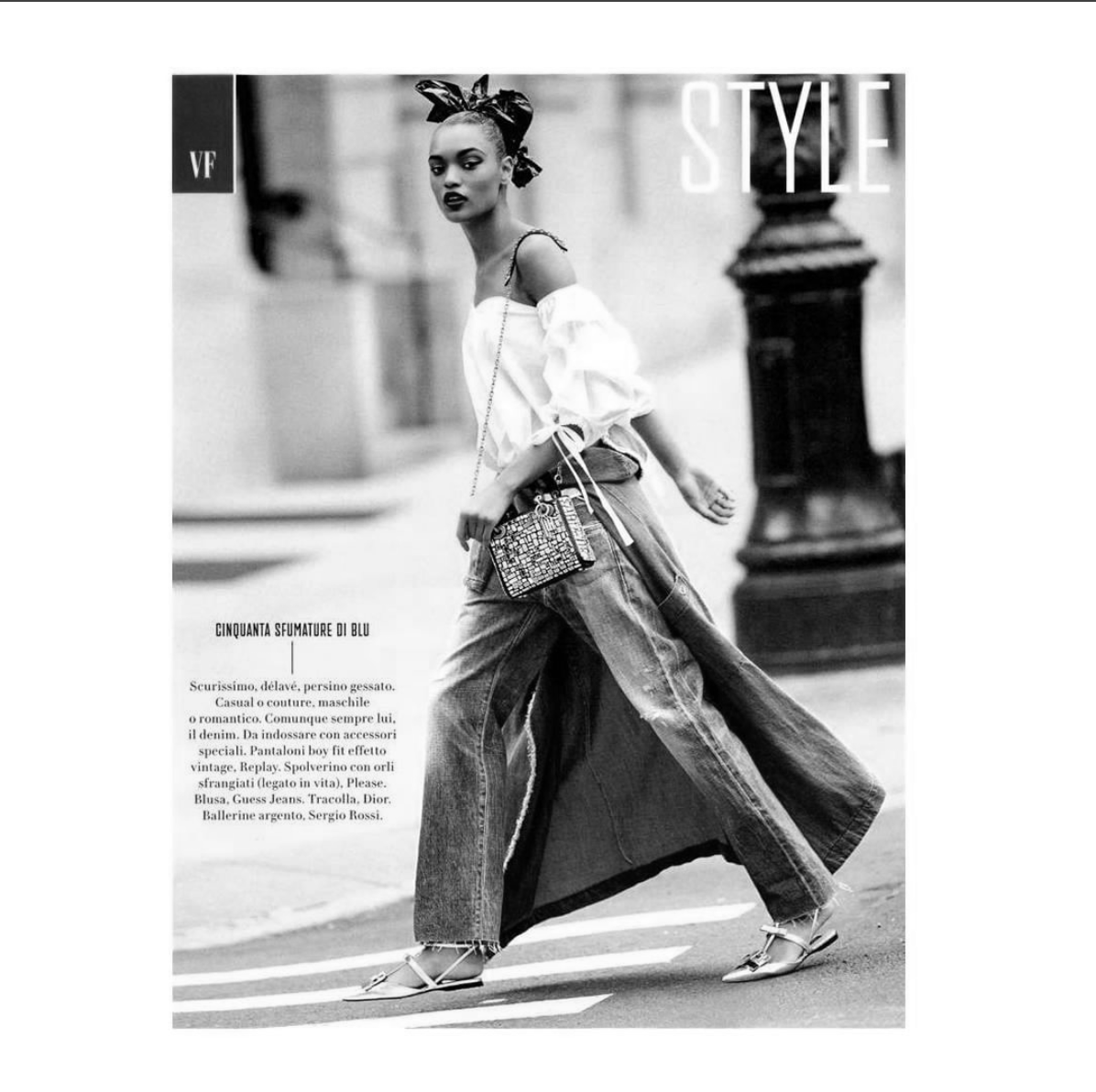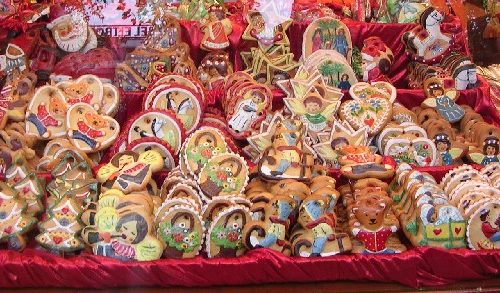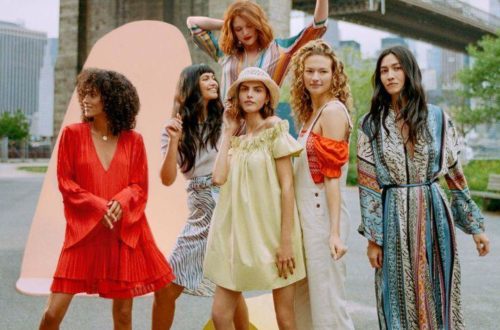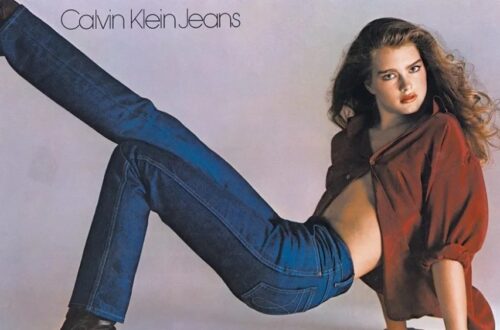
The seasonal, handmade clothing item that used to be the most awkward gift of a few years back has morphed into a year round industry potentially worth millions of dollars.The ugly sweater, as they are so called, is no longer a fashion item your mother would force you to put on to be polite, but a huge business opportunity.
National Ugly Christmas Sweater Day in the US, ugly sweater themed parties and competitions have gained popularity, leading to the widespread availability of the clothing item. Every holiday season major retailers bring out new and uglier-than-before designs of this garment that used to only be available if a knitted by a relative or found in a thrift store.

Walmart spokesperson Megan Kring stated that “Since Halloween, customer interest in ugly Christmas sweaters has exploded,” adding that searches on Walmart’s site peaked in the second week in November. By the middle of December, it is reported that many items were sold out, though replaced with other ugly sweater options.
But it isn’t only wide-spread retailers who are joining in on the craze. Many entrepreneurs have come up and started their very own ugly sweater fashion business, resulting in much success.
One of these many businesses in My Ugly Christmas Sweater, founded by Anne Marie Blackman who first started selling sweaters on eBay for 50 to 150 dollars each. Now her company has sold over 25,000 products and made over a million dollars in revenue. Another is Ragstock, a vintage clothing chain, which put a designated rack for ugly sweaters upon demand from customers in a Chicago store, only to find them sold out almost immediately. Now they have an online store dedicated to these holiday sweaters. Traffic to the website from searches for the keyword “ugly sweaters” has grown by 200% in just three years.

Competition in this witty industry picks up every year, but so does the demand. And the startup Tipsy Elves is capturing as much of that demand as possible since it was launched in 2011 by two college friends Evan Mendelsohn and Nick Morton. For the first year of the business they continued their own jobs to self finance 140 thousand dollars in inventory and startup costs. From that they grew on, with sales of $900,000 in its second year, $3 million in 2013, and $8 million in 2014. They have 10 full-time and five seasonal or part-time employees.
In 2013, the start-up landed a spot on the TV show Shark Tank. In addition to funding, this gave them the opportunity to partner with investor Robert Herjavec contributing $100,000 for a 10 percent stake in the company.

They’ve also expanded their clothing line to include ski suits, Halloween costumes and clothes featuring other holiday themes. This decision has the aim to keep the company relevant. Tipsy Elves is doing more than 15 million dollars in annual sales and also selling outside holiday season, which represents 35 percent of the business. The brand specifically markets to customers in their late 20’s and early 30’s, but they say that their clothes are for “anyone who is young at heart”
During the year, most people don’t specifically seek clothing that is called “ugly”, so the thought of wearing something totally absurd without judgement for the holiday season is definitely appealing and creates a great market. So we can expect retailers and small businesses to keep bringing out even uglier sweaters in the forthcoming holiday seasons.
by Selin Hatunoglu

